Eastern Europe Research Trip – The Research!
To me, the research for any novel seems like giant treasure hunt, and I’m energized by discovery. I love fleshing out a scene with small bits of information and visual imagery. To do that, I often rely on on-site photos. However, anyone who has seen my photos in this series can tell that photography is not my strength!
If you check through my pictures of this trip, here’s some of what you would find:
They aren’t the kind of photos you’d invite your neighbors over to see.
A Harrison slide show? Oh no!! I think I have a headache.
But here’s what I see… The very blurry photo at the top shows me a swale. In Eastern Europe in 5800 B.C. there was an abundance of swale land, which in present time has been drained. When I saw this bit of swale from the bus window, I was dancing in my seat. Even with this poor photo, I can use my imagination to sharpen the edges and set scenes in a swale just like that!
As for the other photos, they show me groundcover, how trees grow at the edges of the Danube River, and the color of the soil (We took a lot of pictures of dirt!). We took many, many photos of trees. Some are native, some not, and part of the puzzle is to figure out which ones are.
And my prize find? Lichen!! (That yellow stuff growing on the bark.) I already have a scene with lichen in it. Now I have an idea about possible species identification.
On the last full day of our river cruise, Neil and I decide that we need a break from a full-day shore excursion, so we opt for a shorter trip that turns out to be an incredible treasure, the Ethnographic Museum in Rousse, Bulgaria. I feel like a child on Christmas morning as Neil and I take photo after photo. These are artifacts that the people I’m writing about actually created and used! Take a look:
Harpoons, fishhooks. To the right at the bottom of the photo, notice the flint cores ready to be made into weapons or tools:
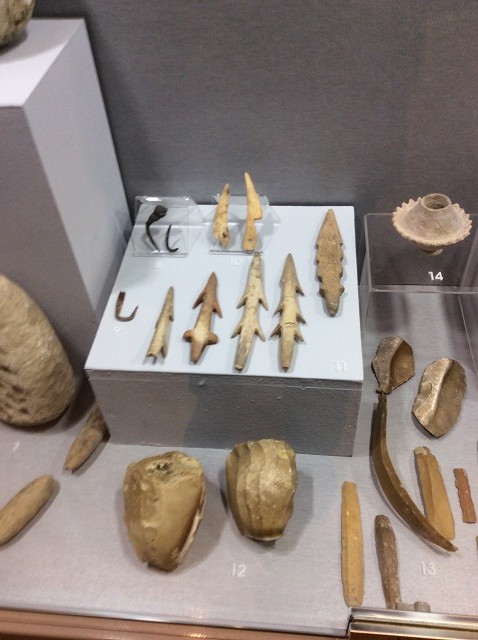 Neolithic pottery. Check out the spiral design:
Neolithic pottery. Check out the spiral design:
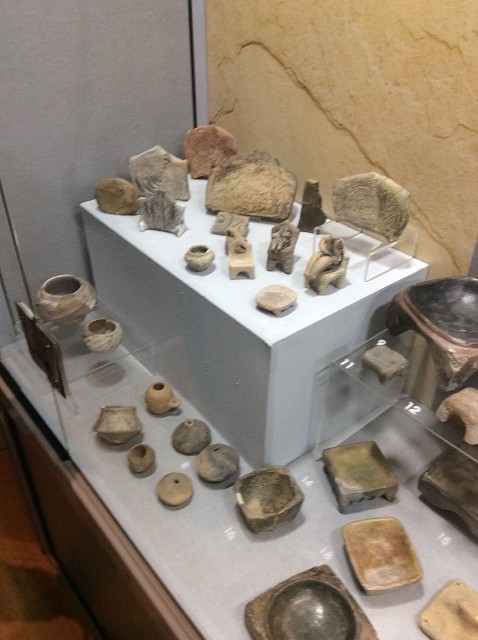 Woodworking tools, although the bone, horn , and antler awls might also have been used in leather-working:
Woodworking tools, although the bone, horn , and antler awls might also have been used in leather-working:
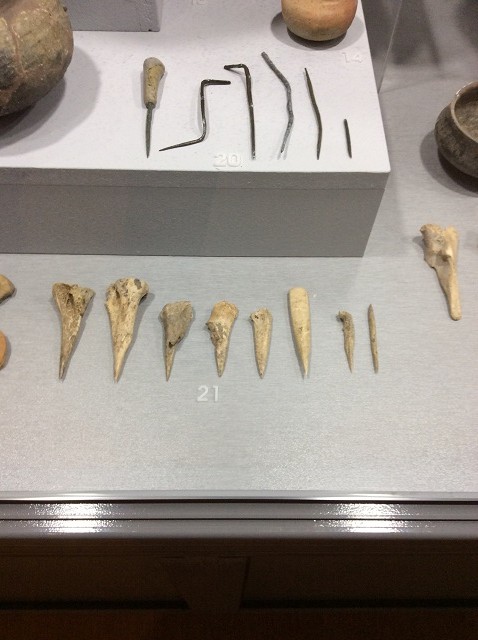 An image of a primary deity worshiped in an ancient European fertility cult.
An image of a primary deity worshiped in an ancient European fertility cult.
Tomorrow, as our journey winds toward its end, we want to introduce you to a few of the wonderful folks we met on this adventure!
Happy Traveling!
Sue
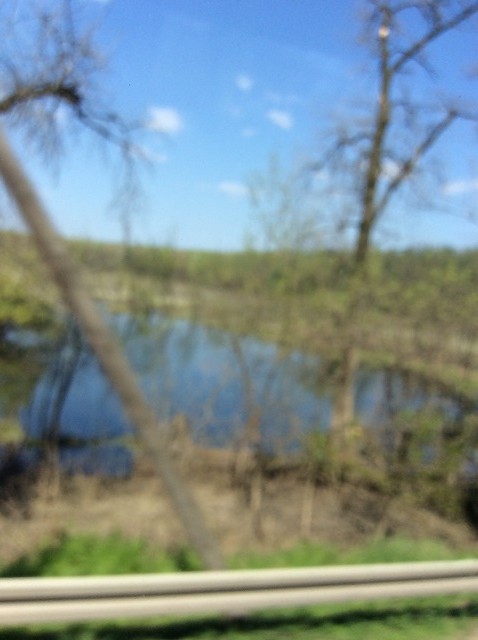
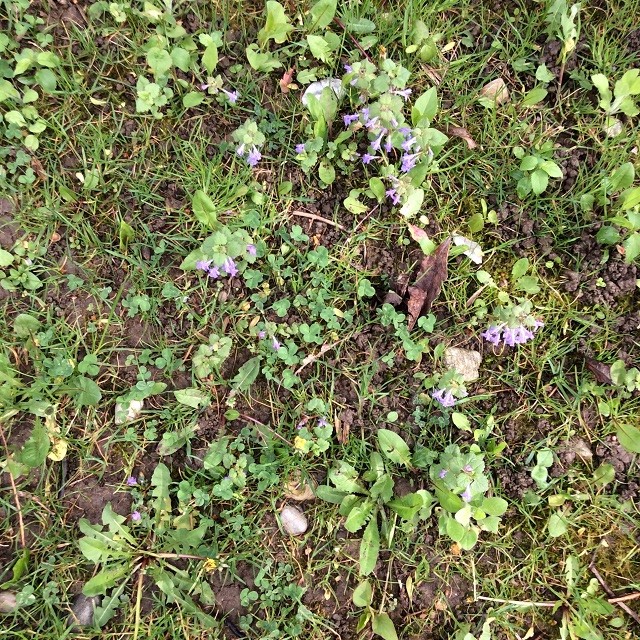
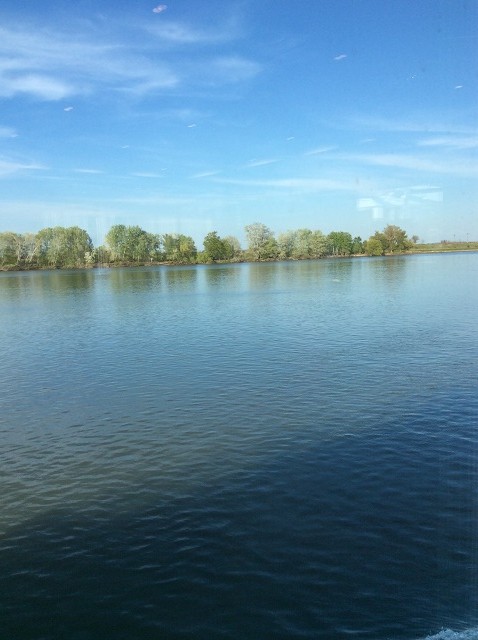
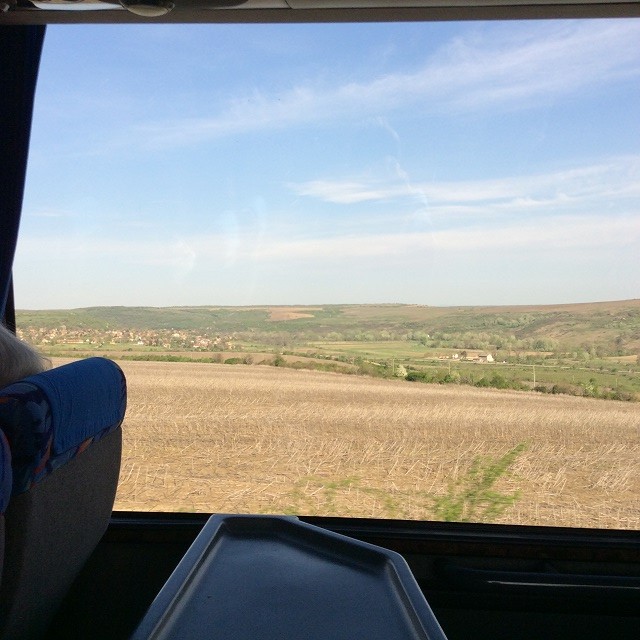
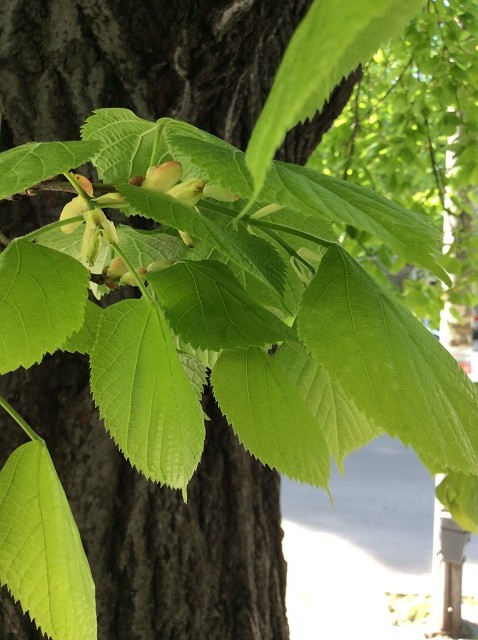
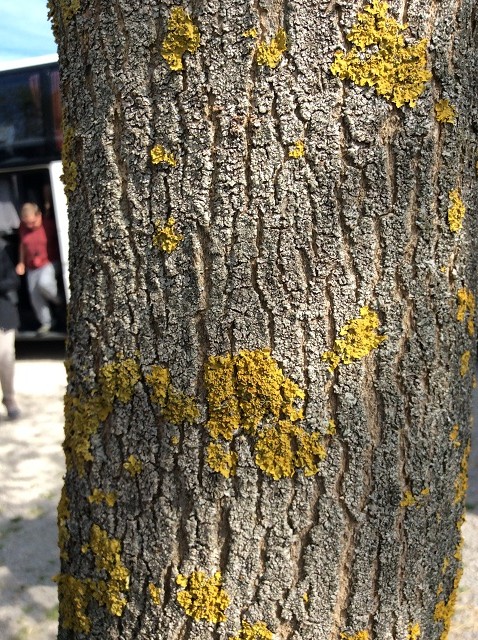
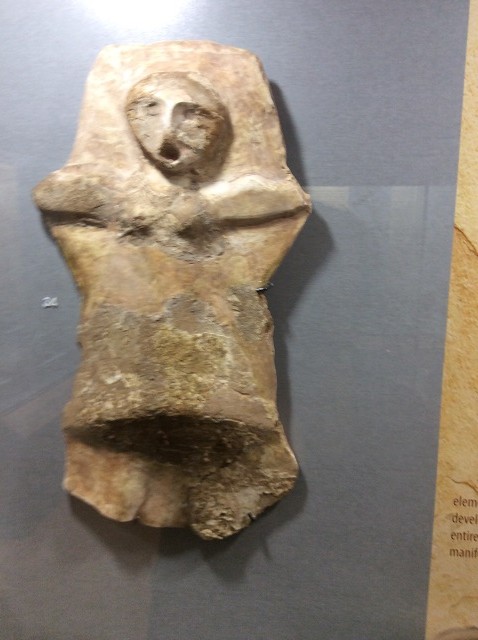
Thank you, Jackie. I can’t wait to get back to writing the book. I’ve been about a month doing the trip, and the before-the-trip and the after-the-trip stuff. Maybe next week I’ll be back to writing! Yay!
Sue, I see a patch of land with a bit of water, you see a swale, I see a tree with yellow stuff on it, you see lichen 🙂
I am so happy for you to have done the research and feel empowered to set scenes in your mind.
I can’t wait for the new book Sue 🙂